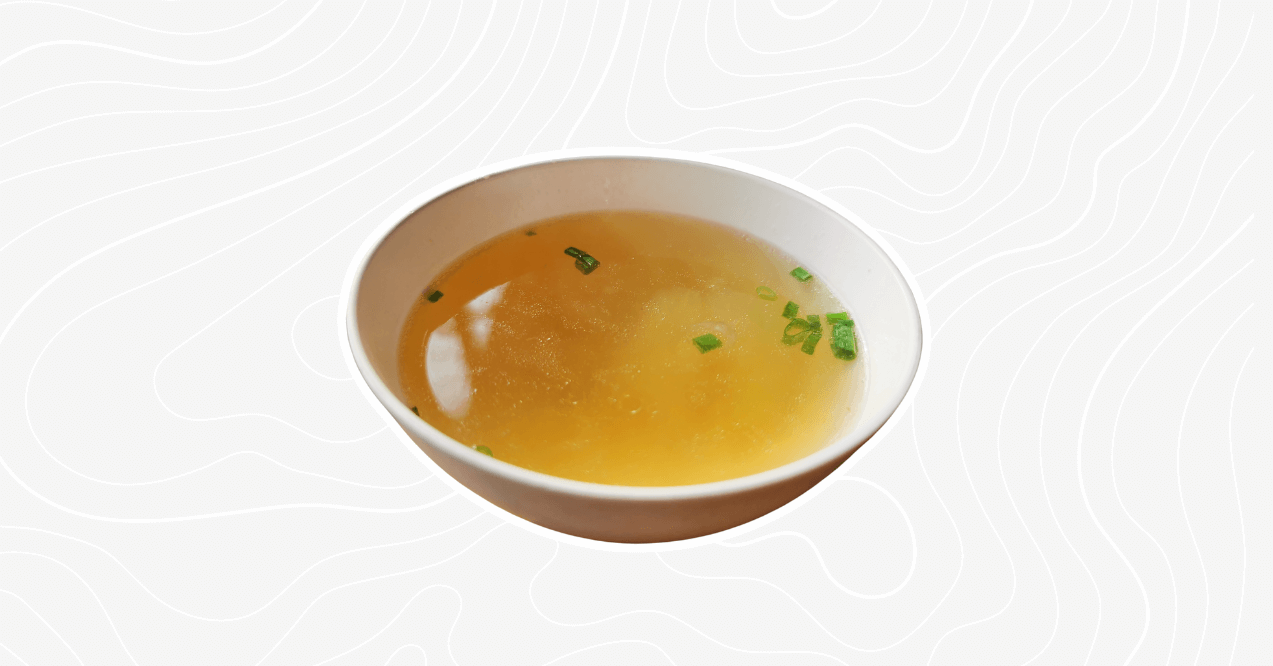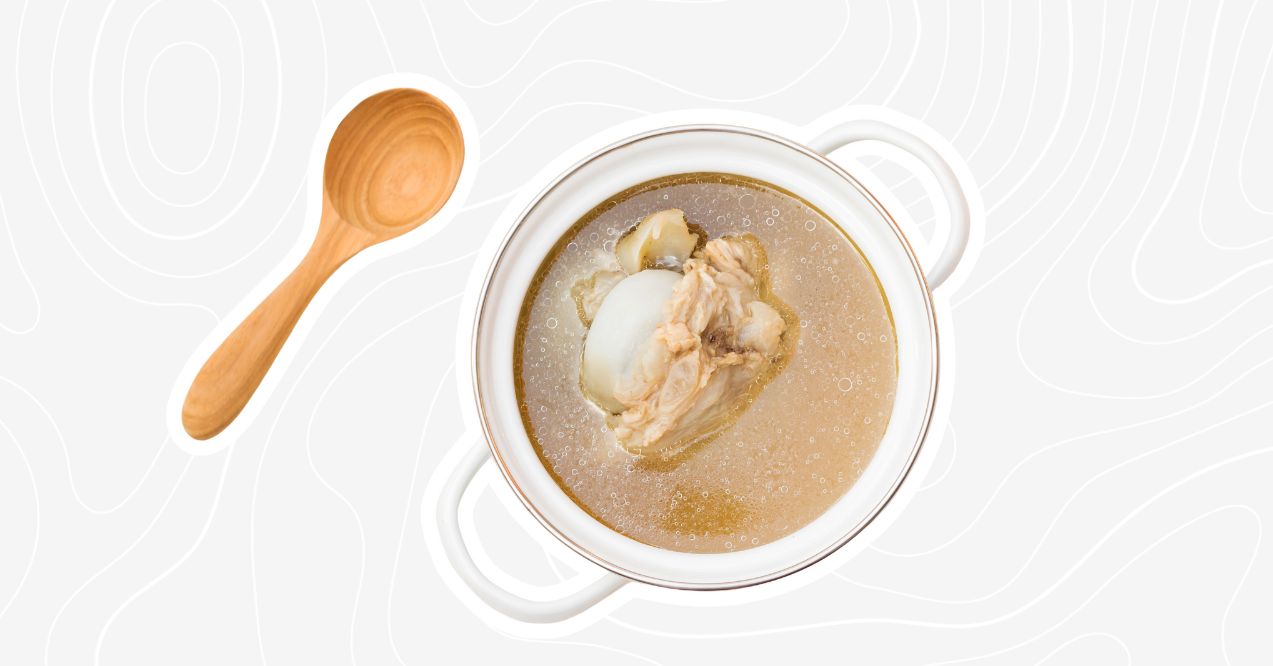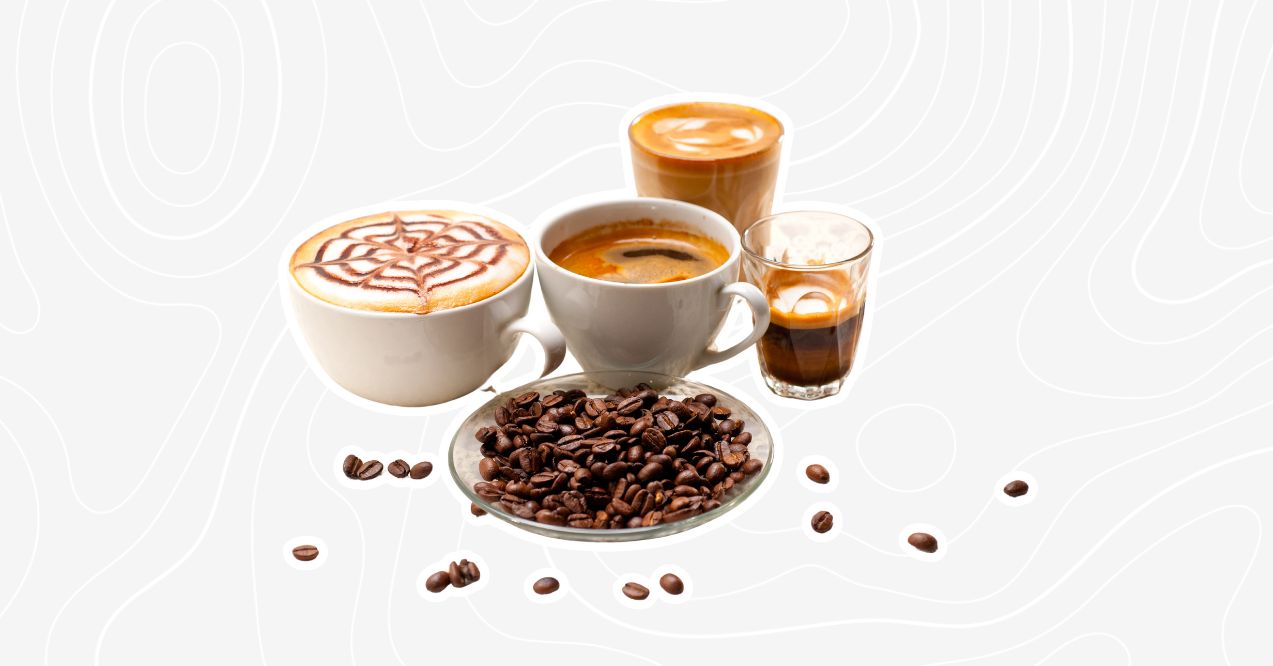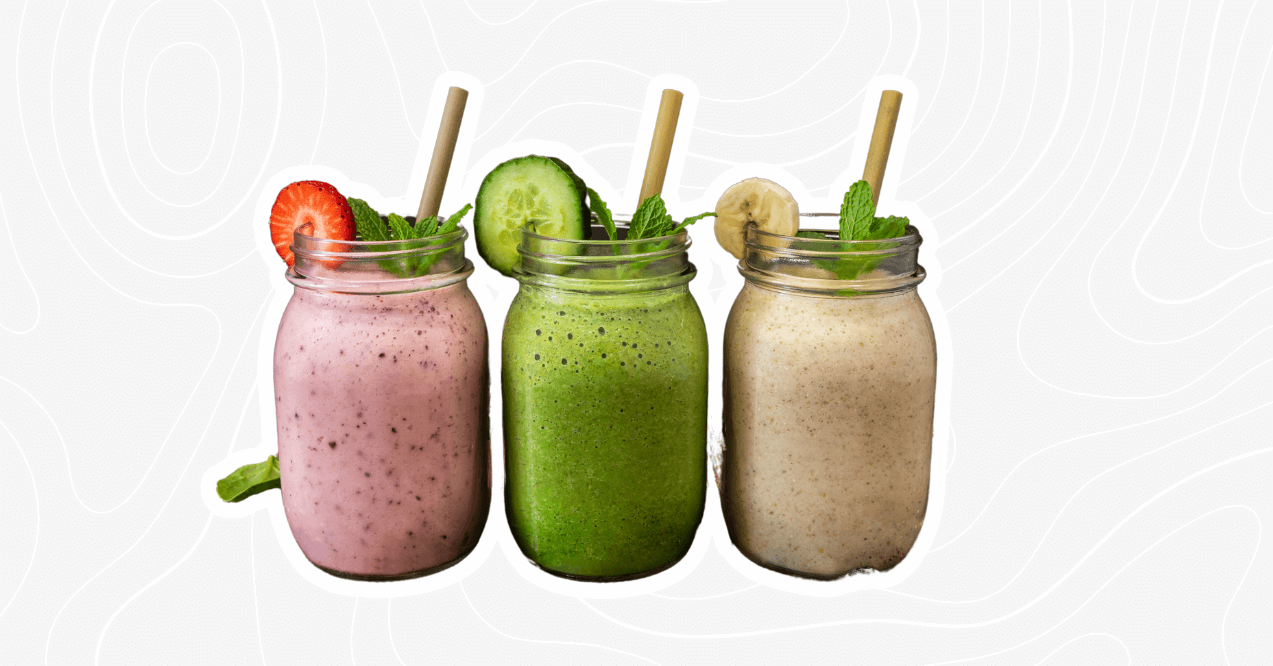What is a Good Smoothie Recipe for Muscle Recovery and Growth?
Wondering what is a good smoothie recipe for muscle recovery? After an intense workout, muscles feel taxed and need nutrients to support restoration and growth. A balanced smoothie delivers not only protein but also vital vitamins and minerals. By including nutrient-dense fruits, leafy greens, and the best herbs for muscle recovery, you could support your body’s natural processes. These thoughtful blends may augment energy, stimulate repair, and improve vitality.
Looking to optimize your diet even further? Check out our 7-day bone broth diet plan for enhanced recovery or explore the 30-day carnivore diet meal plan to fuel your fitness journey. If you want to maximize the effects of your post-workout nutrition, it also helps to understand the broader strategies of how to do a proper muscle recovery – from rest and hydration to stretching and balanced meals.
In this guide, we’ll introduce simple, flavorful recipes that highlight wholesome ingredients, making it easy to nourish your body. Get ready to mix, sip, and savor a delicious path to stronger muscles.

What is a Good Smoothie Recipe for Muscle Recovery and Growth?
When considering what is a good smoothie recipe for muscle recovery and growth, choosing the right ingredients is key. A balanced recovery smoothie should include quality protein sources to support rebuilding of muscle fibers, along with nutrient-dense produce to deliver a range of vitamins, minerals, and antioxidants.
Complex carbohydrates can help restore energy, while healthy fats contribute to sustaining strength and maintaining overall health. Additionally, incorporating soothing herbs for muscle recovery, ginger, or turmeric could help reduce discomfort and support a calm system. By selecting the right foods, you can create simple and healthy smoothie recipes that fit neatly into your routine.
Recipe 1
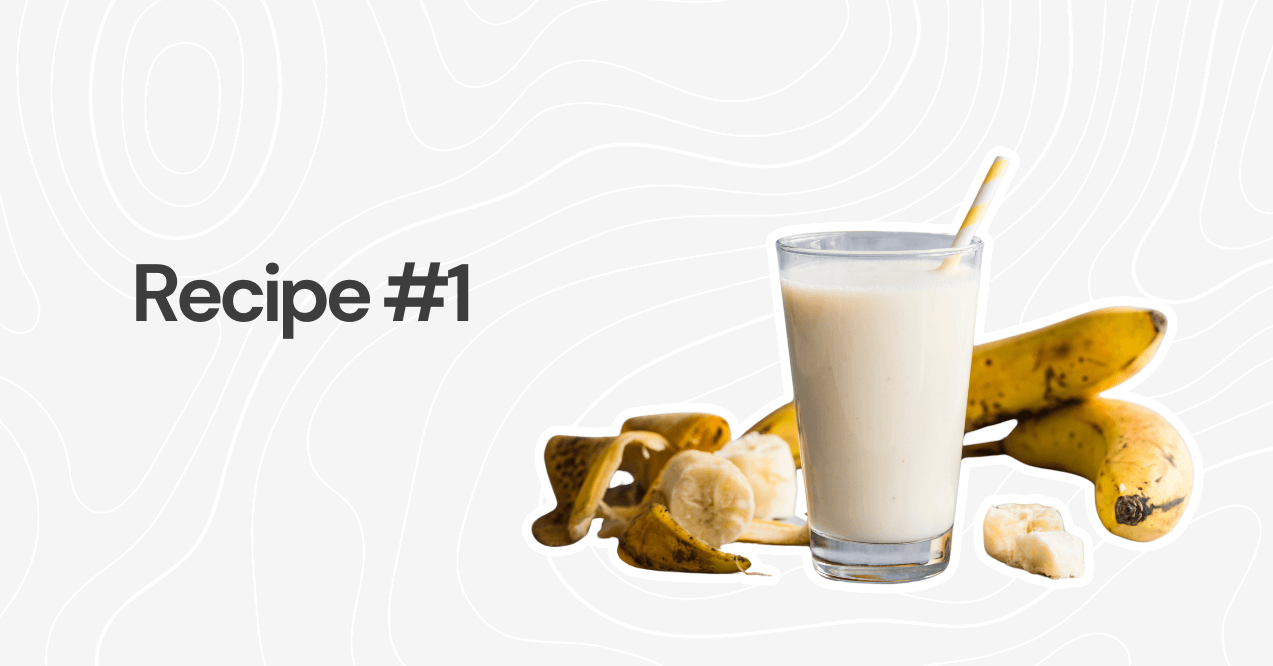
Perfect for refueling after an intense workout, this smoothie delivers a mix of protein and carbs that could replenish energy and support muscle repair. It’s creamy, satisfying, and simple to make.
Ingredients:
- 1 cup low-fat milk or a plant-based alternative
- 1 medium banana
- 1 scoop whey or plant-based protein powder
- ½ cup rolled oats
- 1 tbsp almond butter
Instructions:
Blend all ingredients until smooth. This creamy blend supports muscle tissue rebuilding and helps restore energy lost during intense activity.
Recipe 2
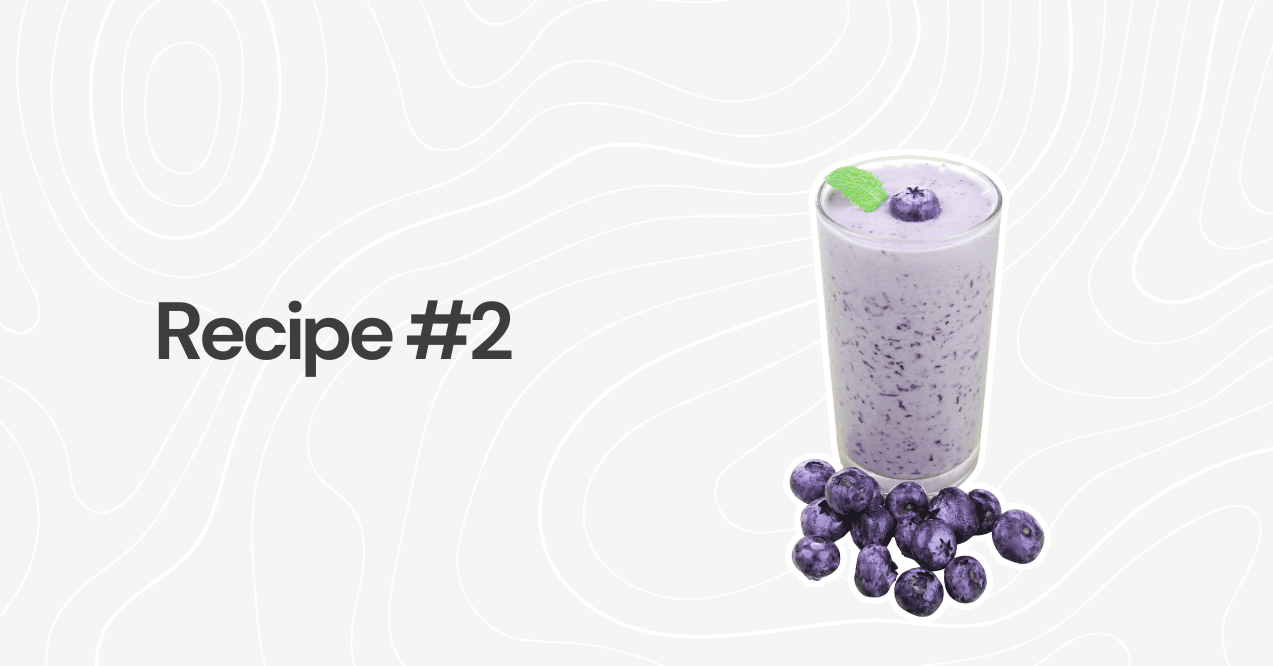
Soothe sore muscles with this vibrant smoothie packed with ingredients that may help reduce post-workout discomfort. The tart and tangy flavors add a refreshing twist.
Ingredients:
- 1 cup unsweetened tart cherry juice
- ½ cup plain Greek yogurt or a dairy-free yogurt
- 1 cup frozen mixed berries
- 1 tsp fresh ginger
- 1 tsp ground turmeric
Instructions:
Blend until smooth. The cherries, berries, ginger, and turmeric are known to have properties that may reduce muscle soreness and support comfort post-exercise.
Recipe 3
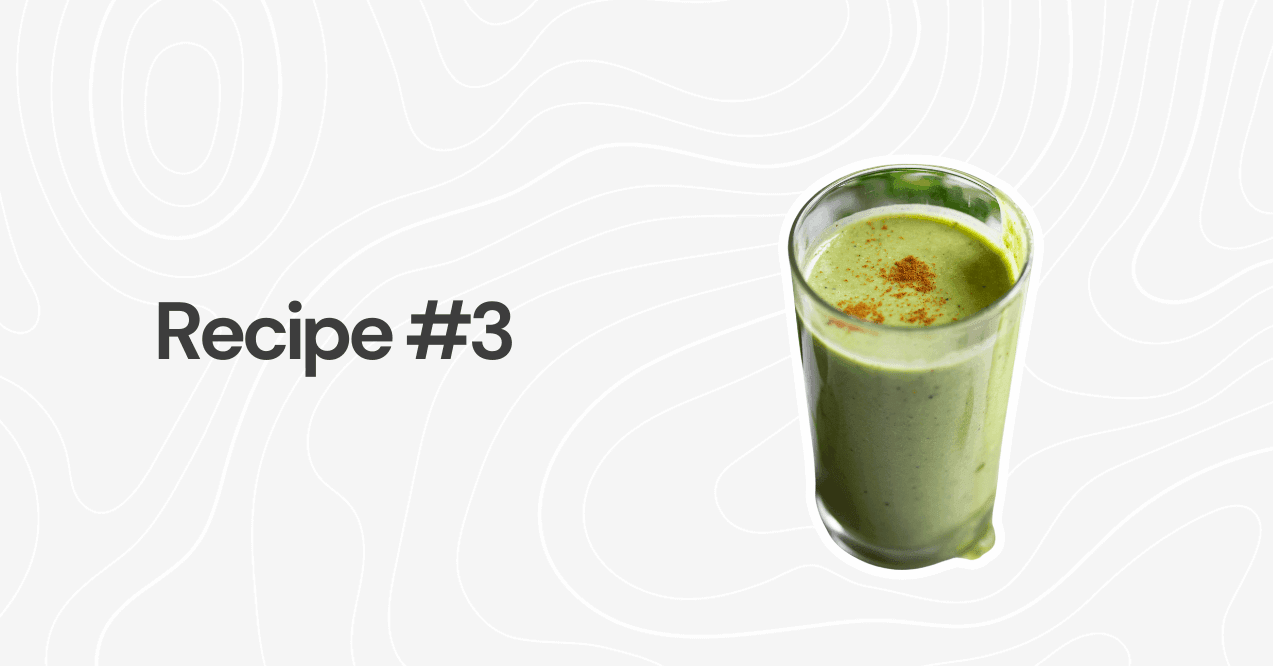
This smoothie is a powerhouse of healthy fats and protein, making it ideal for long-term muscle growth and sustained energy. It’s creamy, rich, and loaded with nutrients.
Ingredients:
- 1 cup unsweetened almond milk
- 1 small avocado
- 1 scoop hemp or pea protein powder
- 1 cup spinach
- 1 tbsp ground flaxseed
Instructions:
Blend thoroughly until creamy. This nutrient-rich combination offers steady energy, protein, and beneficial fats that aid muscle growth.
Recipe 4

Rehydrate and recharge with this light, tropical smoothie. It’s packed with electrolytes to support fluid balance after sweating it out.
Ingredients:
- 1 cup coconut water
- 1 cup fresh pineapple chunks
- 1 handful baby spinach
- ½ cup plain yogurt or a plant-based alternative
- 1 tsp chia seeds
Instructions:
Blend until smooth. Coconut water and pineapple add natural electrolytes and a light, refreshing flavor – perfect for supporting fluid balance.
Recipe 5
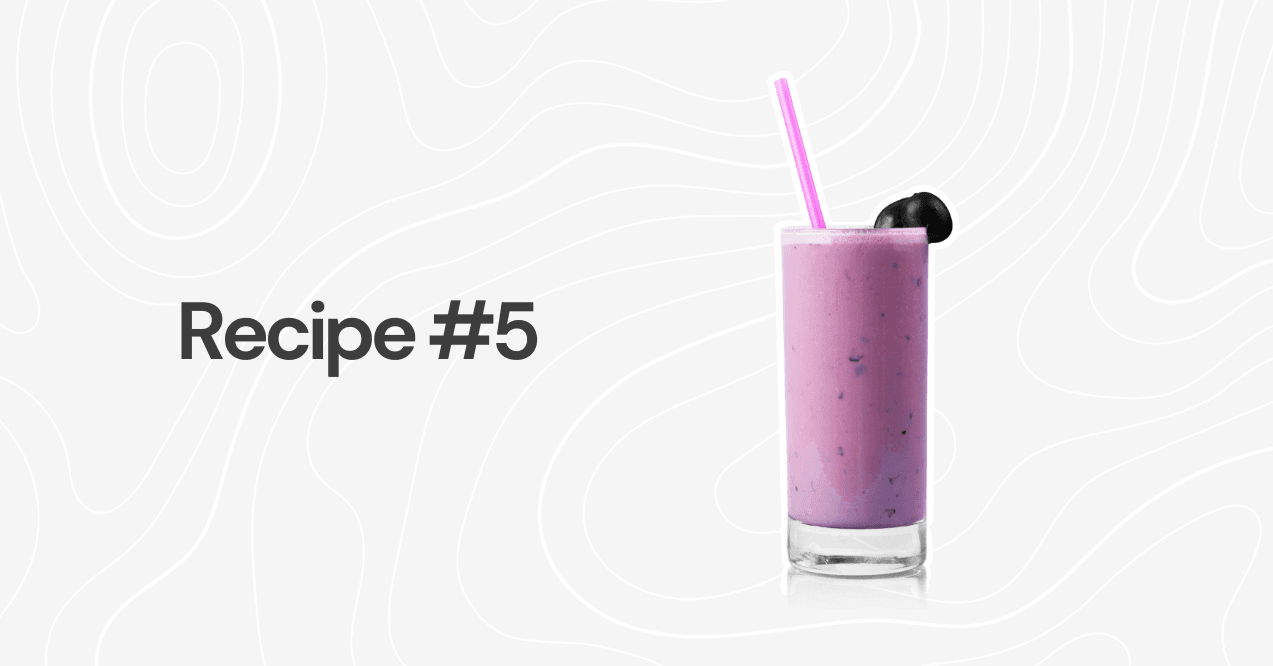
This balanced smoothie provides a wholesome mix of protein, antioxidants, and fiber to help your body recover and stay strong. The berry flavors make it a deliciously sweet option.
Ingredients:
- 1 cup low-fat milk or plant-based alternative
- ½ cup blueberries
- ½ cup raspberries
- 1 scoop plant-based protein powder
- 1 tbsp pumpkin seeds
Instructions:
Blend well and enjoy. This balanced smoothie offers protein, antioxidants, and fiber, setting the stage for steady recovery and consistent muscle support.
Looking to elevate your post-workout recovery? Trumeta Recovery combines cutting-edge ingredients to help you bounce back faster. Packed with nutrients like Vitamin C, Magnesium, and Niacin, this formula was designed to support muscle repair, reduces soreness, and replenishes energy stores for optimal performance.

A smoothie provides nutrients like protein and carbs, but Trumeta goes further. Ingredients in the formula could help to minimize stiffness, restore energy, and help you bounce back faster after tough workouts. Whether you’re hitting the gym, recovering from dehydration, or just need an energy reset, it’s got you covered.
Combine it with your favorite smoothie for an unbeatable recovery duo. Trumeta Recovery helps you feel sharp, energized, and ready for whatever’s next. From gym days to busy schedules, it could keep you on track and performing at your best.
How Soon After a Workout Should I Have a Smoothie?
Timing is everything when it comes to post-workout nutrition. For optimal muscle recovery and growth, it’s generally recommended to consume a smoothie within 30 to 60 minutes after exercise. This period, often called the “anabolic window,” is when your body is most efficient at absorbing nutrients to repair and rebuild muscle tissue.
Drinking a post workout recovery smoothie soon after your session could also help replenish glycogen stores, stimulate protein synthesis, and support hydration. Combining protein with carbohydrates in your smoothie enhances this process by delivering the building blocks your muscles need while restoring energy levels.
If you’re on the go, a smoothie is a quick and convenient way to nourish your body. Blending in ingredients like bananas, protein powder, and leafy greens ensures you’re meeting your recovery needs without the hassle of preparing a full meal. Whether it’s immediately after a workout or within the hour, sipping on a smoothie is a delicious and practical way to stay on track with your fitness goals.
Conclusion
Now you know what is a good smoothie recipe for muscle recovery and how these blends can support your post-workout routine. From high-protein options to anti-inflammatory mixes and electrolyte-packed refreshers, smoothies offer a delicious, simple way to nourish your body.
Incorporating quality protein, fruits, greens, and healthy fats into your smoothie can promote muscle recovery, replenish energy, and support overall growth. Consuming your smoothie within the first 30-60 minutes after a workout maximizes its benefits, helping your body repair and rebuild effectively. With these easy recipes, you can enjoy flavorful, nutritious smoothies that fuel your fitness journey.
The best ingredients include protein sources (yogurt, nut butter), carbs (bananas, oats), and nutrients like leafy greens, berries, and turmeric for antioxidants. Add coconut water or milk for hydration and healthy fats like avocado or seeds.
Yes, you can! Substitute protein powder with natural sources like Greek yogurt, cottage cheese, nut butter, or chia seeds. These options still provide ample protein to support muscle repair and recovery post-workout.
Yes, carbs are essential to replenish glycogen stores depleted during exercise. Including sources like fruit, oats, or honey in your smoothie helps restore energy and supports effective muscle recovery and growth.
Advertisement. This site offers health, wellness, fitness and nutritional information and is designed for educational purposes only. You should not rely on this information as a substitute for, nor does it replace, professional medical advice, diagnosis, or treatment. If you have any concerns or questions about your health, you should always consult with a physician or other health-care professional. Do not disregard, avoid or delay obtaining medical or health related advice from your health-care professional because of something you may have read on this site. The use of any information provided on this site is solely at your own risk.
